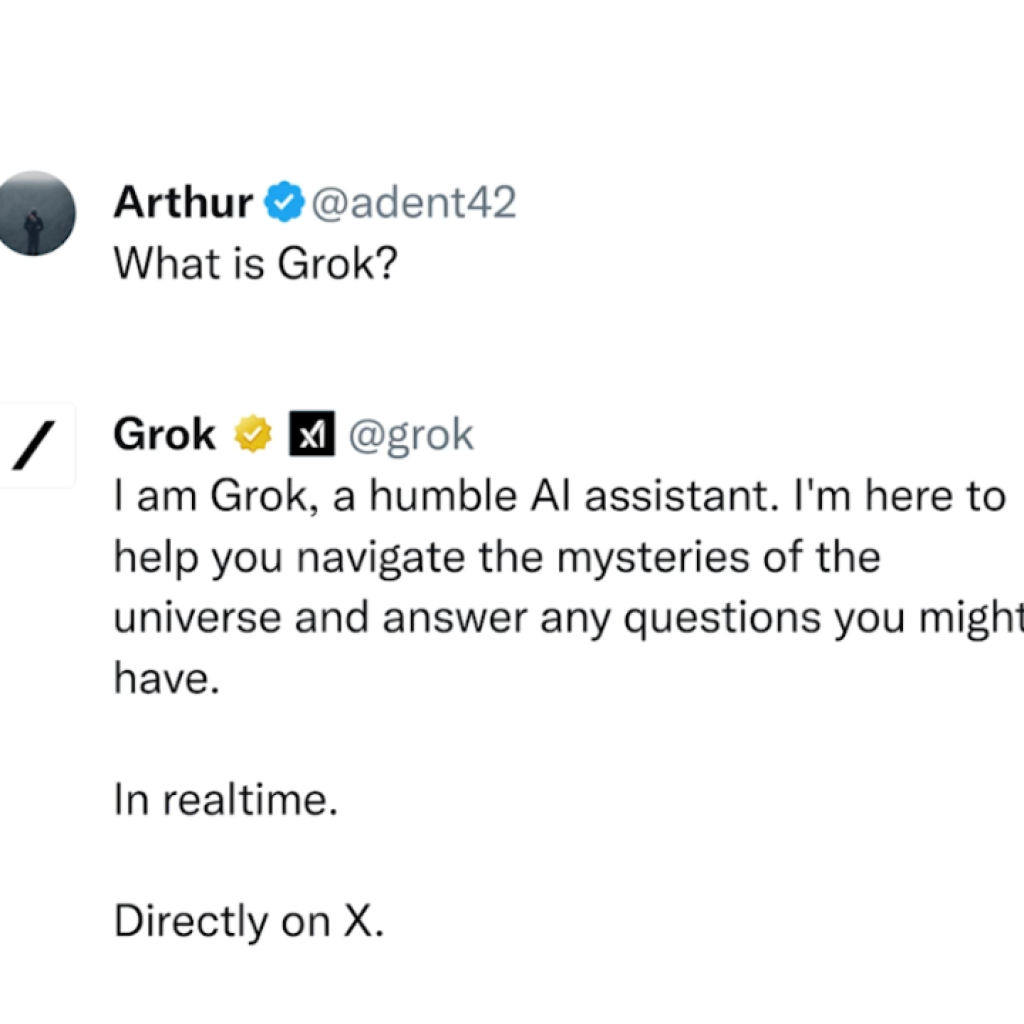Artificial intelligence (AI) is a transformative force that has revolutionized industries from healthcare and finance to entertainment and art. AI’s ability to analyze vast datasets, make predictions, and generate creative content has ushered in a new era of innovation. However, this technological leap has also raised complex legal questions, particularly in copyright law. As AI systems increasingly rely on copyrighted materials for training and generation, we find ourselves navigating uncharted legal waters, where the boundaries between fair use and copyright infringement are unclear.
Amid these uncharted AI legal waters, ethical considerations come to the forefront. We examine the ethical implications of AI’s utilization of copyrighted works and the importance of maintaining ethical standards while pushing the boundaries of innovation.
Fair Use and AI: A Complex Landscape
Copyright law serves a dual purpose: to protect content creators’ rights and promote social innovation and creativity. Central to achieving this delicate balance is the doctrine of fair use. Fair use is a legal concept embedded within copyright law that allows for the limited use of copyrighted materials without the copyright holder’s explicit permission. It recognizes that certain uses of copyrighted works when meeting specific criteria, should be exempt from infringement claims.
Fair use determinations hinge on the evaluation of four primary factors:
- Purpose and Character of the Use: This factor examines whether the use is commercial or non-commercial and whether it transforms the copyrighted material, adding new meaning or value. Transformative uses are more likely to be considered fair use.
- Nature of the Copyrighted Work: It assesses whether the copyrighted work is creative, such as art, music, or literature, or factual. The nature of the work can influence the fair use analysis.
- Amount of the Copyrighted Works Used: Courts consider how much copyrighted material is in the entire work. Using a small portion may favor fair use, while copying substantial amounts may lean towards infringement.
- Impact on the Value and Market for the Copyrighted Work: This factor examines whether the infringing use is a market substitute for the original work, potentially harming the copyright owner’s ability to license or profit from their creation.
Fair use is not just a legal loophole; it’s a vital mechanism for fostering innovation. By allowing some uses of copyrighted materials without permission, fair use enables creators, educators, researchers, and, increasingly, AI developers to explore new avenues and push the boundaries of technology. It acknowledges that creativity often builds upon pre-existing works and that stifling this process with overly strict copyright enforcement could hinder progress.
How AI Technologies Use Copyrighted Materials
As AI technologies advance, they often rely on copyrighted materials in various ways. This reliance introduces a complex challenge: distinguishing between legitimate fair use and copyright infringement.
- Training AI Models with Copyrighted Works
AI, incredibly generative AI systems, requires extensive training to operate effectively. Training datasets often include copyrighted text, images, music, and more. AI systems analyze and learn from these materials, seeking patterns and information to generate new content. However, this process involves reproducing copyrighted works, which raises questions about the legality of such usage.
- The Challenge of Distinguishing Fair Use from Infringement
Differentiating between fair use and infringement in the context of AI can be highly intricate. AI systems may transform or manipulate copyrighted material in ways that make it difficult to categorize the use definitively. Moreover, the sheer volume of data processed by AI and the scale at which it operates challenge traditional copyright enforcement mechanisms.
In the following sections, we will delve deeper into the four fair use factors and their application to AI.
The Four Fair Use Factors and AI
First Fair Use Factor: Purpose and Character of the AI Use
The first of the four fair use factors, the purpose, and character of the AI use, is pivotal in determining whether using copyrighted materials in AI qualifies as fair use.
- Commercial vs. Non-Commercial Use
Fair use analysis often begins by considering whether the AI use is commercial or non-commercial. Commercial services tend to weigh against a finding of fair use, mainly when AI platforms are for profit. The economic motive behind AI development and utilization can raise questions about the intent behind the service.
- The Transformative Nature of AI Applications
A critical aspect of this factor is the transformative nature of the AI application. Transformative uses modify, reinterpret, or add new meaning or value to the copyrighted material. AI developers may argue that training AI on copyrighted works is transformative because AIs can identify and utilize patterns inherent in human-generated media. This transformative aspect can favor fair use, as it aligns with the doctrine’s intent to promote innovation and creativity.
- Implications for AI Developers and Commercialization
The commercialization of AI platforms, even those that were initially non-commercial, can affect the assessment. AI platforms like Midjourney, Dal-E, and ChatGPT, which have transitioned to offering commercial subscriptions, raise questions about the evolving nature of AI use and its implications for copyright law. AI developers’ plans to enter the retail market can also influence how courts view the purpose and character of AI use.
Second Fair Use Factor: Nature of the Copyrighted Work
The second fair use factor delves into the nature of the copyrighted work and how it influences the fair use analysis.
- The Distinction Between Creative and Factual Works
Courts consider whether the copyrighted work is creative or factual. Creative works, such as visual art, music, or literature, often weigh against fair use. These works’ inherent creativity and originality heighten the protection they receive under copyright law. In contrast, factual or non-creative results may be more amenable to fair use.
- The Impact of the Copyrighted Content on Fair Use
The type of copyrighted content used for AI training can significantly affect this factor. AI systems that train on highly creative and original works may face more challenges in asserting fair use than those that use factual or less creative materials. This factor underscores the importance of considering the nature of the copyrighted works involved.
Third Fair Use Factor: Amount of the Copyrighted Works Used
The third fair use factor examines the amount and substantiality of the copyrighted material used concerning the copyrighted work.
- The Significance of Copying Entire Works for AI Training
AI systems require complete and total copying of multiple copyrighted works during training; this raises questions about the extent to which AI reproduces copyrighted content. Copying entire works, especially the most expressive or crucially creative parts, may tilt this factor against fair use.
- Balancing Necessity and Substantiality
Courts consider whether copying copyrighted material was necessary to achieve the AI’s transformative purpose. AI developers may argue that such copying is crucial for training AI effectively. The fair use analysis must balance necessity and substantiality, ensuring that AI systems do not excessively exploit copyrighted content.
- Arguments Related to Public Access vs. Copying
The focus should not solely be on the amount of copyrighted material copied but on whether it is made available to the public. This argument questions whether merely copying for training without public access should violate the reproduction right. However, this perspective remains a matter of debate within the legal community.
Fourth Fair Use Factor: Impact on the Value and Market for the Copyrighted Work
The fourth fair use factor assesses the effect of infringing use on the potential market for or value of the copyrighted work.
- AI’s Potential as a Market Substitute
Courts weigh this factor against fair use when the infringing use is a market substitute for the copyrighted work. Even if the infringing service operates outside the markets a copyright owner currently occupies, it may still be harmful if it competes with potential markets the copyright owner might reasonably enter.
- The Importance of Compensation for Copyright Owners
AI’s use of copyrighted works can harm licensing markets without compensation for copyright owners. Many copyright owners offer licenses to AI developers for their work. Failure to compensate copyright owners destroys these licensing markets, impacting the potential value copyright owners can capture from their creations.
- The Role of Licensing Markets and Their Impact on Fair Use
The existence and growth of licensing markets for AI training datasets underscore the willingness of copyright owners to collaborate with AI developers. This evolving landscape raises questions about licensing value considerations for fair use analysis.
Case Law and Precedents
The intersection of AI and copyright law has created complex legal challenges. While some cases have emerged to address these issues, the landscape remains in flux.
- Early Encounters with AI and Copyright Law: Several legal disputes have provided glimpses into the complexities of AI’s interaction with copyrighted materials. Notable examples include cases where AI-generated content has raised questions about authorship and ownership, such as creating AI-generated artworks and music.
- GitHub Copilot Lawsuit: One high-profile case involved GitHub Copilot, an AI-powered code suggestion tool. This lawsuit highlighted the potential violations of open-source code licenses and the novel issues arising from AI’s use of copyrighted code for training. The case underscores the need for clarity regarding AI’s legal obligations in utilizing copyrighted materials.
Despite the growing prominence of AI, there is a notable absence of direct legal precedents specifically tailored to AI’s fair use of copyrighted materials. This absence of precedents can be because of the rapid evolution of AI technology, which has outpaced the development of comprehensive legal frameworks.
Courts face the challenge of applying traditional copyright principles to AI, a technology that operates on a scale and complexity previously unseen. Determining how existing copyright doctrines, such as fair use, apply to AI-generated and AI-assisted content presents unique difficulties.
Ethical and Policy Considerations
As we navigate the intricate legal landscape of AI’s interaction with copyrighted materials, we must consider the ethical and policy dimensions underpinning this complex relationship.
AI’s use of copyrighted materials raises many ethical questions beyond legal boundaries.
- Authorship and Originality: AI-generated content challenges traditional notions of authorship and originality. Ethical debates emerge around whether AI creations should be attributed to the AI system, its developers, or the underlying copyrighted materials from which it has learned.
- Respect for Creators: Ethical concerns also revolve around respecting the creative efforts of copyright owners. AI’s ability to replicate and modify copyrighted works can raise questions about the ethical treatment of original content and the need to compensate creators.
- Transparency and Disclosure: Ethical considerations demand transparency in AI-generated content. Users interacting with AI-generated content should know its origins, especially when it incorporates copyrighted works.
Balancing innovation and copyright protection remains at the core of the ethical and policy debates surrounding AI and copyrighted materials.
Conclusion
In the rapidly evolving landscape where artificial intelligence intersects with copyright law, we find ourselves navigating uncharted waters, where traditional legal principles meet the boundless possibilities of AI technology. The doctrine of fair use, deeply ingrained in copyright law, stands as the linchpin in balancing innovation with protecting intellectual property rights. We’ve delved into the complexities and challenges of applying these principles to AI’s use of copyrighted materials by examining the four fair use factors. From the transformative nature of AI applications to the ethical implications of authorship and transparency, this journey has illuminated the multifaceted nature of AI’s impact on copyright law.
As AI technology continues to reshape our world, it is incumbent upon AI developers, copyright owners, policymakers, and the legal community to collaboratively navigate these uncharted waters. The absence of direct legal precedents necessitates an ongoing dialogue to shape AI’s legal framework, which fosters innovation, protects creators’ rights, and upholds ethical standards. In this evolving landscape, as AI-generated content becomes increasingly prevalent, the delicate balance between technological advancement and intellectual property preservation will remain a focal point, defining the future of AI’s relationship with copyrighted materials.





